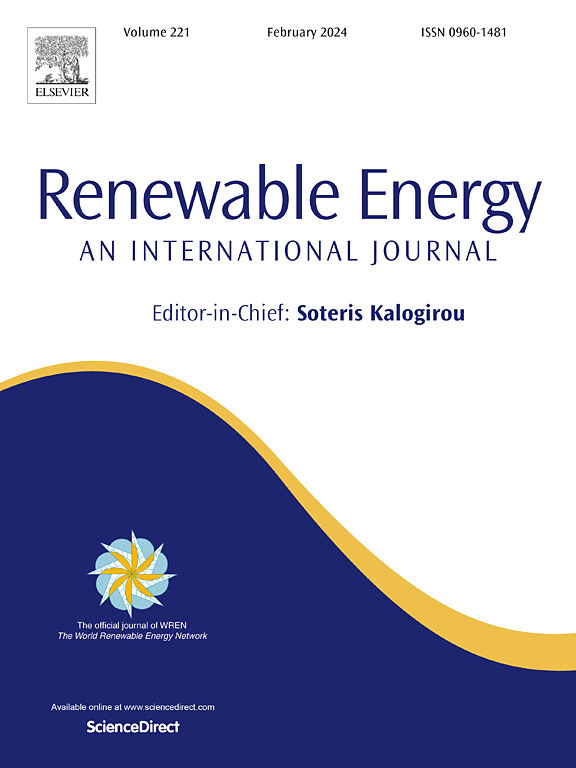Digestate derived porous biochar through thermochemical nitrogen self-doping as an efficient cathode catalyst for microbial fuel cells
IF 9
1区 工程技术
Q1 ENERGY & FUELS
引用次数: 0
Abstract
Microbial fuel cell (MFC) is a promising technology for sustainable energy production using renewable resources. The development of low-cost and efficient cathode catalysts is an effective way to promote the practical application of MFC. This study proposes a hydrothermal process combined with pyrolysis activation method to convert digestate into nitrogen-rich porous biochar catalysts. The nitrogen in the raw material is effectively embedded into the carbon skeleton during the hydrothermal process, increasing the number of active sites. The three-dimensional porous structure of the material promotes the transport and diffusion of reactants in the catalyst. The results show that the catalyst (HT-PC-KOH) with hydrothermal followed by KOH activation had the highest nitrogen retention rate and excellent pore structure. The maximum power density of the MFC loaded with HT-PC-KOH is 1814 mW/m2, which represents 84 % of the power density of Pt/C. This work provides a new method for converting biomass into an oxygen reduction catalyst and makes a significant contribution to the efficient production of renewable energy from MFC.

求助全文
约1分钟内获得全文
求助全文
来源期刊

Renewable Energy
工程技术-能源与燃料
CiteScore
18.40
自引率
9.20%
发文量
1955
审稿时长
6.6 months
期刊介绍:
Renewable Energy journal is dedicated to advancing knowledge and disseminating insights on various topics and technologies within renewable energy systems and components. Our mission is to support researchers, engineers, economists, manufacturers, NGOs, associations, and societies in staying updated on new developments in their respective fields and applying alternative energy solutions to current practices.
As an international, multidisciplinary journal in renewable energy engineering and research, we strive to be a premier peer-reviewed platform and a trusted source of original research and reviews in the field of renewable energy. Join us in our endeavor to drive innovation and progress in sustainable energy solutions.
 求助内容:
求助内容: 应助结果提醒方式:
应助结果提醒方式:


